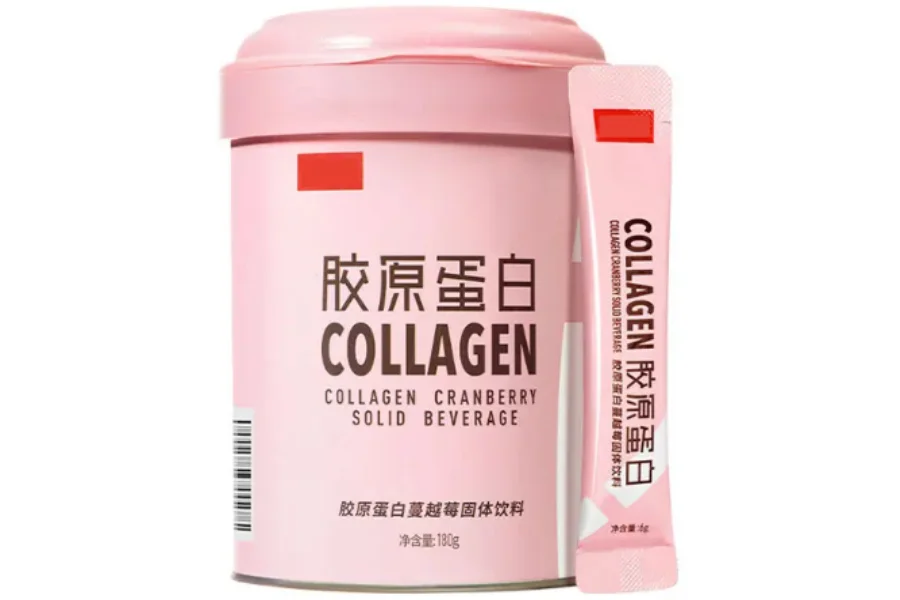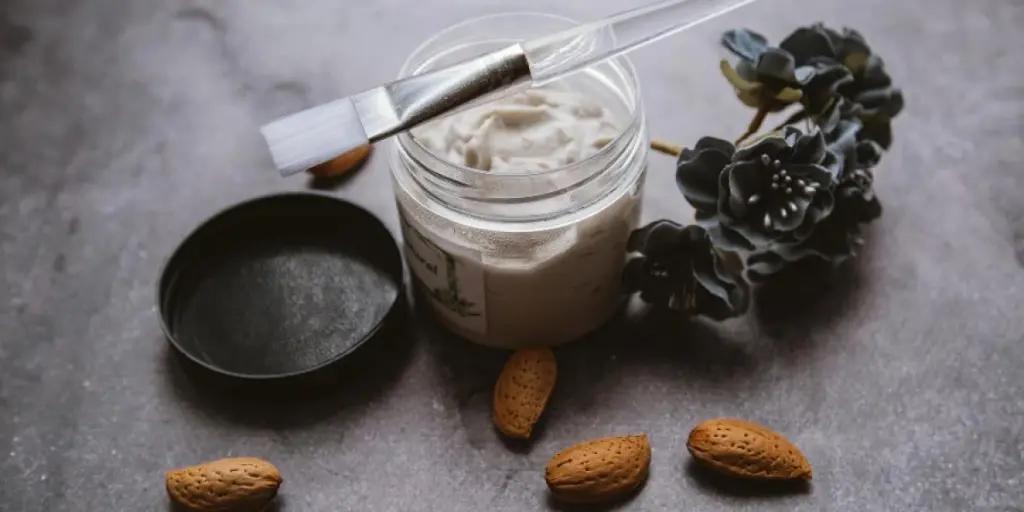Ingredients are crucial in driving product performance, innovation, consumer demand, safety, marketing, and professional endorsements in the beauty industry. Brands constantly strive to improve their formulations, attracting consumers to those that succeed, which leads to a rise in demand for their products.
If you’re looking to tap into the type of formulations that distinguish these brands, you’re in the right place. This article discusses ingredients-driven skincare trends that can help boost your business.
Table of Contents
Market growth of skincare ingredients
5 key ingredient formulations to watch out for
Conclusion
Market growth of skincare ingredients
The skincare ingredients market has been gaining momentum over the past few years. The market is expected to reach $39.6 billion, at a growth rate of 5.8%.
Consumers’ growing purchasing power and willingness to buy skincare products contribute to this growth. They’re also embracing cosmetic and skincare procedures like facial treatments, hair removal services, and laser skin surgeries to improve the appearance of their skin. Common skincare problems like acne, wrinkles, and blemishes make consumers constantly look for remedies to address their issues.
5 key ingredient formulations to watch out for
Several skincare ingredients have many benefits, such as moisturizing, antioxidants, and anti-inflammatory properties. Below are a few top ingredient formulations championing this trend.
1. Upcycled ingredients
These ingredients are repurposed food waste materials, which manufacturers source from food companies with a traceable supply chain to produce skin care products. The process also reduces waste and its effect on the environment.
Examples of upcycled ingredients include coffee and cacao bean waste, tea waste, citrus extracts (from orange and lemon peels), etc.
The citrus extracts in soaps contain Vitamin C, an antioxidant that prevents premature aging signs, prevents hyperpigmentation, and improves skin tone. Also, Vitamin C keeps the skin dewy, reduces oil, and fights acne.
To reduce waste, provide products with packaging that includes upcycled ingredients.
2. Epidermal growth factors
Epidermal growth factor or EGF is a vital protein in the skin. It helps produce collagen, hyaluronic acid, and elastin to maintain healthy skin. It’s present in the skin from birth to adulthood. But once people reach their twenties, its production starts to decrease, causing the skin to wrinkle, sag, and thin.
Some of the ingredients in EGF creams, such as Hyaluronic acid, collagen, and niacinamide help clear acne, wrinkles, and other skin conditions associated with aging.

As you incorporate this trend, use evidence like results of clinical trials to convince new customers about the potency of the skincare ingredients. You can also work with skincare experts to educate and create confidence for potential customers.
3. Collagen-boosting ingredients
Besides hydrating the skin and reducing wrinkles and dark spots, collagen-infused products hydrate and firm the skin. These products come in oral supplements and topical applications, easy to integrate into skincare routines.

To hop on this trend, ensure you provide sustainable collagen alternatives such as marine collagen and vegan collagen to attract customers committed to sustainability.
4. Food-based ingredients
There’s a growing trend towards using food-based ingredients like oats and milk in skincare. Customers can recognize these ingredients, making them more likely to feel confident about their safety.
Ingredients like oats and milk are great for sensitive and dry skin. Oats contain protein, Vitamin E, B3, and other properties that exfoliate and moisturize the skin.
While milk contains lactic acid, which removes dead skin cells and stimulates the growth of new ones. Additionally, it tones and brightens the skin while cleansing it of dirt and oil.

If you’re selling products with food-based ingredients, you’ll attract young adults and older customers. But be careful as some might be allergic to these ingredients. In that case, engage customers to determine compatible products.
5. Thriving biotech ingredients
With biotechnology, brands are recreating specific properties of naturally derived substances to produce active ingredients beneficial to the skin. These biotech companies produce hyaluronic acid, peptides, and collagen, weaving them into various products like serums and facemasks to help reduce aging.

To leverage this trend, include products with clinically-proven ingredients in your catalog. Many people are conscious of lab-made products — so, educate them on the importance of each core ingredient, ensuring they’re compatible with other products in their skincare regimen to improve their chances of conversion.
Conclusion
These ingredient trends reflect customers’ desires, and it’s best you adopt these tips to help grow your sales.
Upcycled ingredients reduce eco-waste, appealing to vegan customers or people who love sustainable products. Also, research EGF-based products to attract young adults in their twenties and above, as this protein declines in the skin as they age.
Collagen is also an ingredient providing benefits beyond skin care. Ensure customers understand its value by upselling or cross-selling it with other compatible products in your catalog.
So keep an eye on the ingredient-led trends in this article to maintain a competitive edge in the industry.




